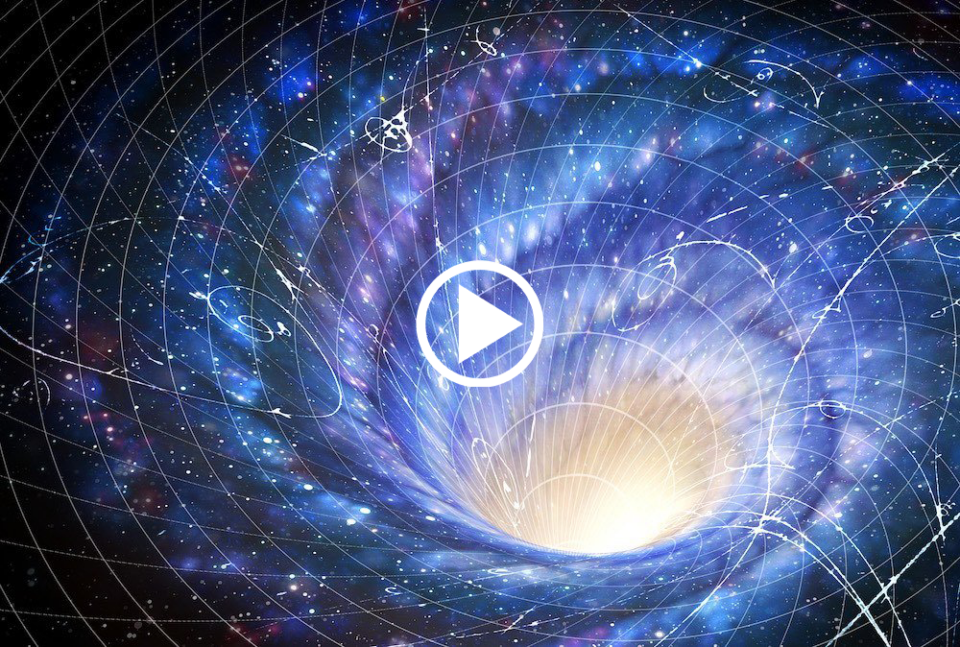New measurements of the Hubble constant – the speed at which the universe is expanding – challenge our understanding of the universe, it could lead us to new physics beyond our current understanding.
New understanding
The theory that the universe is expanding is widely accepted by astronomers. This expansion is believed to take place at a constant rate, known as the Hubble constant, one of the fundamental quantities that describe our universe. However, this rate of expansion has been the subject of numerous studies, each with its own measure of the Hubble constant.
A recent study measures the Hubble constant in a different way. Astronomers in the H0LiCOW collaborative project led by researcher Sherry Suyu used telescopes installed in space and on the ground, including the NASA / ESA Hubble Space Telescope, to examine 5 galaxies, leading them to come up with independent measurements of the constant from Hubble.
The five large galaxies that the project observes are located between the Earth and very distant quasars. These quasars are very bright and their emitted light tends to bend around massive galaxies due to the “gravitational lensing effect”, creating many background images of quasars that are blurry in the shape of an arc.
“Our method is the simplest and most direct way to measure the Hubble constant because it only uses geometry and relativity, no relativity”, said researcher Frédéric Courbin, co-head of the research project other hypotheses. ”The team measured the flicker delay in quasar images, which is directly related to the Hubble coefficient.
Using the offset between multiple images and computer modeling, the researchers came up with an incredibly accurate measure (with a 3.8% error rate) of the Hubble constant. “The precise measurement of the Hubble constant is one of the most valuable research results in the universe today,” said researcher Vivien Bobvin.
New physics?
The measurement made by Suyu and his team is also consistent with other measurements of the Hubble constant in the “local universe” based on the reference to the variable stars Cepheid and supernovas. However, these measurements differ in value from those performed by the ESA Plank satellite. This was also predictable because the Planck satellite measures the Hubble constant by observing the microwave background oscillations of the early universe.
“THE EXPLANATION OF THE UNIVERSE IS NOW BEGUN TO MEASURE IT IN DIFFERENT WAYS WITH HIGH PRECISION THAT THE REAL DIFFERENCE CAN COME ONLY FROM KNOWLEDGE OF PHYSICAL KNOWLEDGE IN KNOWLEDGE OF KNOWLEDGE. ”, EXPLAINED SUYU.
The values obtained by astronomical groups when measured in the near universe – a region of the universe extending within a radius of about 1 billion light years – do not seem to agree with accepted theoretical models of the pillar of the universe.
This new measure of the Hubble constant challenges our understanding of the universe. “The Hubble constant is very important to modern astronomy, as it can help confirm or deny that the universe is made up of dark energy, dark matter, and normal matter. Exact, or is it we are missing something fundamental, ”Suyu explained.


